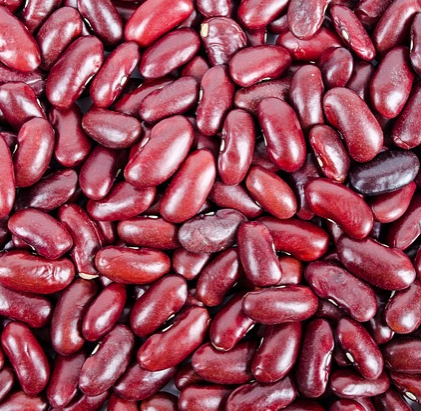- Phytopedia
- Lentil
- Kidney beans

Kidney bean helps in functioning of brain cells and kidney
GEEK TALK
BUT WE TALK
Pinto beans, navy beans, red bean,
Rajma, and common bean
DID YOU KNOW?
Kidney bean is also called chili bean due to its dark red color and named as kidney bean since its shape quite similar to that of a human kidney. Its ability to absorb the flavors of the seasoning used in food makes it ideal for cooking simmered dishes. Kidney beans contain no cholesterol and provide nutrition similar to that of potato.
Like all legumes, kidney beans benefit from bacteria (rhizobia) that live in nodules along with their roots. These bacteria draw nitrogen from the soil and convert it into a form that the plant uses as a nutrient.
Kidney beans are excellent sources of proteins with full source of amino acids, B-vitamins, potassium, magnesium, sodium & other minerals.
KITCHEN PHARMACY
- Kidney beans can help lower your cholesterol due to high fiber content
- Kidney beans can help lower your risk of developing heart disease due to its high folate content
- Kidney beans also contain thiamine or Vitamin B1, which is critical for the proper functioning of the brain cells. They, thus help in improving the memory power, and in reducing the Alzheimer’s disease
- Kidney beans actually heal and help maintain kidney function and look exactly like human kidneys
- Beans, squash, and maize constitute the “Three Sisters” that provide the foundation of Native American agriculture.
GEOGRAPHICAL DISTRIBUTION
Kidney beans originated in Peru and the Indian traders who had migrated to Peru brought these beans for trading purposes. From India, these beans spread to the whole of South and Central America.
Top producers are India, Brazil, Myanmar, China & the US.



